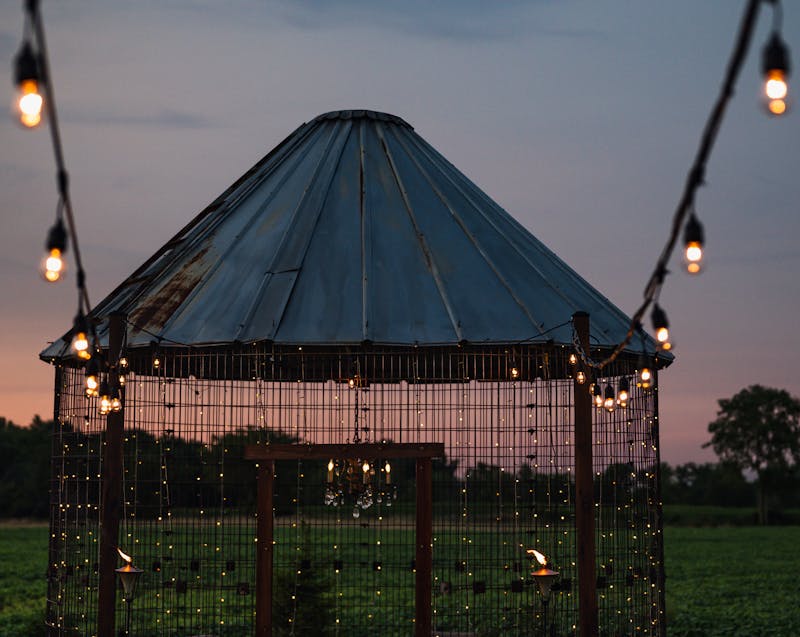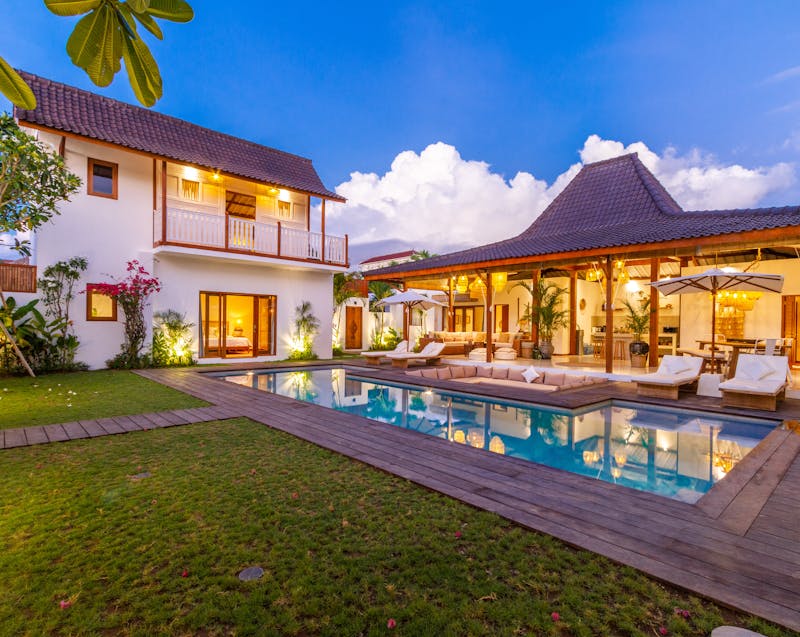In today’s competitive real estate market, first impressions can make or break a sale. Before a potential buyer even sets foot inside, they’ve already formed an opinion of your home based on its exterior. That’s why understanding what curb appeal includes is so important — it encompasses every detail that catches the eye when someone pulls up to the property.
Curb appeal includes far more than just mowing the lawn and planting a few flowers. It’s a strategic combination of landscaping, hardscaping, maintenance, lighting, and thoughtful design choices that showcase your home at its best. Buyers often equate an attractive exterior with a well-maintained interior, which can lead to quicker sales and even higher offers.
In this article, we’ll explore in depth what curb appeal includes if you want to impress buyers. From choosing the right fertilizers for a lush lawn to integrating hardscape features, enhancing outdoor living spaces, and modernizing your garage door — we’ll cover everything you need to know. Whether you’re preparing to sell or just want your home to shine, these tips will help you achieve maximum impact.
What Is Curb Appeal?
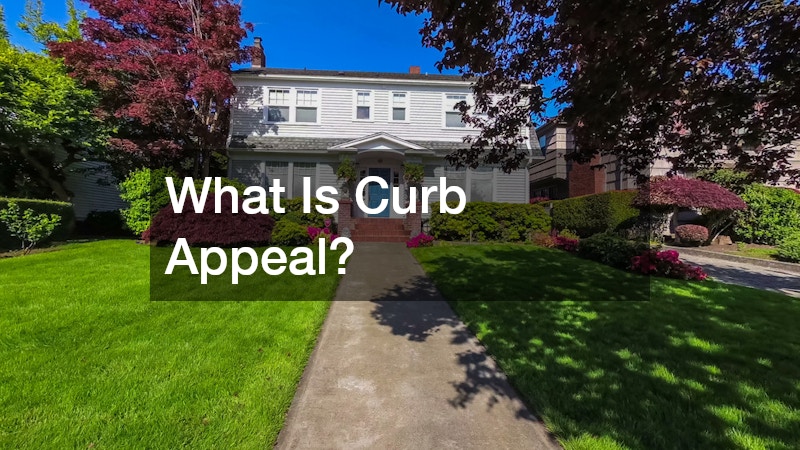
Understanding the Basics
At its core, curb appeal refers to how appealing your property looks from the street. It’s the first impression buyers get, and it often sets the tone for the entire showing.
Definition of Curb Appeal
Curb appeal includes all exterior elements that contribute to a home’s aesthetic: landscaping, the condition of the lawn, pathways, lighting, and the overall upkeep of the house’s façade. Anything visible from the curb counts toward curb appeal.
Why Curb Appeal Matters in Real Estate
In real estate, curb appeal is crucial because it creates emotional engagement. Buyers who feel an immediate attraction to a property are more likely to envision themselves living there — and more likely to make an offer.
First Impressions and Buyer Psychology
Research shows that people form impressions within seconds. A messy yard or cracked driveway can suggest neglect, while a fresh, inviting exterior signals care and quality. This psychological effect is powerful and can directly influence sale price.
Landscaping Essentials
How to Design Your Garden
A thoughtfully designed garden is a cornerstone of what curb appeal includes. Blend colors, heights, and textures for visual interest, and use landscape supplies strategically to frame your home and create flow.
Integrating Hardscaping
Hardscape elements like stone walls, concrete pavers, and patios add structure to your landscaping. They also provide durable, functional spaces for entertaining or relaxing, which buyers love.
Maintaining Plant Health
Healthy, vibrant plants signal that a home has been well cared for. Use quality fertilizers to enrich your soil and support strong growth. Fertilizers also help your lawn look lush and green, which is always a big selling point.
Using Native Plants
Choosing native plants is another smart strategy. They require less maintenance, thrive in local conditions, and help conserve water — all while adding unique character to your yard.
Perfecting Your Lawn
Types of Grass for Your Region
Different regions support different grasses. Selecting the right variety ensures your lawn stays healthy and attractive year-round. This is another example of how curb appeal includes both planning and maintenance.
Irrigation and Watering Techniques
Curb appeal includes a green lawn, which requires consistent care. Set up an irrigation system or learn proper watering techniques to prevent brown spots and keep everything looking its best.
Dealing with Pests and Diseases
Pests and diseases can quickly damage your lawn and plants. Regular inspection and appropriate treatments — combined with fertilizers and expert advice from local landscapers — help prevent problems before they escalate.
Exterior of the Home
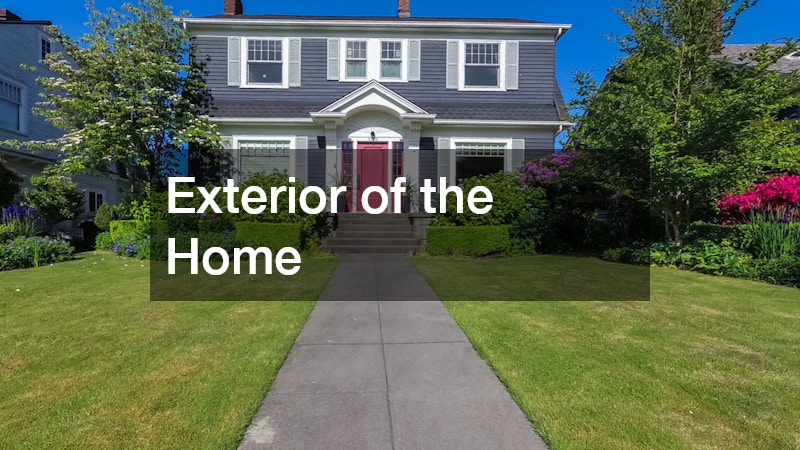
Choosing the Right Paint Colors
Curb appeal includes the exterior paint color, which sets the overall tone of your home’s appearance. Neutral yet welcoming tones tend to attract the widest range of buyers.
Color Psychology and Buyers
Certain colors evoke feelings of calm and happiness. For example, soft blues and warm grays are popular because they feel clean and inviting without being overwhelming.
Current Painting Trends
Modern buyers appreciate a fresh, updated look. Today’s trends often favor two-tone palettes, with darker accents on shutters and trim.
Maintaining Your Home’s Facade
Don’t forget that curb appeal includes maintaining siding, gutters, and roofing. Regular cleaning and minor repairs can go a long way.
Improving Your Front Door’s Appeal
Using Paint and Hardware
Your front door is a focal point of your home and sets the tone for the entire exterior. Refresh it with bold paint colors that complement your home’s overall palette and stand out to potential buyers. Don’t overlook the importance of hardware — upgraded handles, hinges, and locks instantly modernize the look and add a sense of security. Opt for finishes that pair well with other outdoor metals, like lighting fixtures and house numbers. A freshly painted door with gleaming hardware signals attention to detail, making it clear you care about every aspect of the home, which impresses buyers.
Incorporating Glass Elements
Glass inserts or sidelights on your front door make the entryway feel larger and more welcoming by letting in natural light and offering a glimpse inside. Frosted or decorative glass provides privacy while maintaining brightness. These glass additions create an elegant look that draws the eye and enhances the overall aesthetic of the entrance. When lit from inside at night, a door with glass panels becomes a beautiful focal point. This small upgrade shows buyers you’ve invested in style and functionality — a key part of what curb appeal includes.
Choosing the Right Door Décor
Seasonal wreaths, tasteful door mats, and potted plants at the entrance all contribute to a warm first impression. Choose décor that complements your home’s style rather than overwhelms it. A well-placed mat can add color and texture while protecting floors inside. Potted plants on either side of the door add symmetry and a splash of greenery. Swapping out décor with the seasons — like wreaths for fall, spring flowers, or subtle holiday touches — keeps the entry fresh and inviting. These small details show buyers the home is cared for, which increases appeal.
Lighting and Ambiance
Outdoor Lighting Approaches
Good lighting enhances both beauty and safety. Illuminating pathways, highlighting landscape features, and adding soft porch lights all improve curb appeal. Good landscapers take all of this into consideration.
Types of Lighting Fixtures
From wall-mounted lanterns to in-ground spotlights, the right fixtures complement your home’s style while serving a practical purpose.
Solar vs. Wired Lighting
Solar lighting is eco-friendly and easy to install, while wired lighting provides consistent, reliable illumination.
Strategic Lighting Placement
Position lights to highlight key features like your hardscape installations, deck, and front door to maximize their effect.
Enhancing Your Walkway
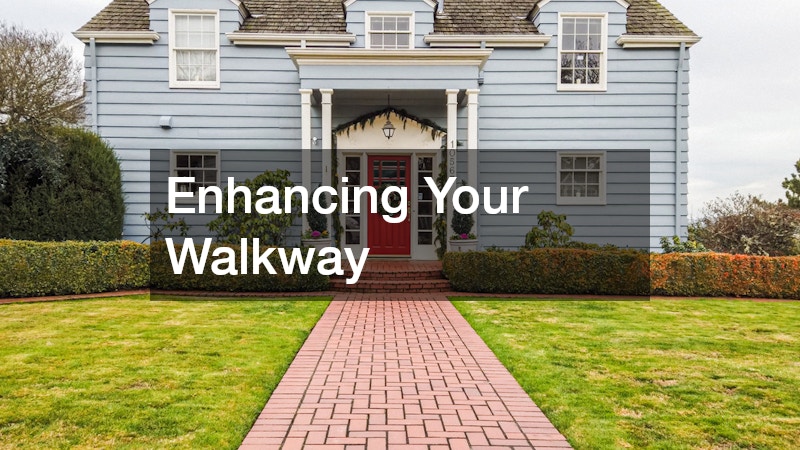
Material Choices and Durability
Walkways are more than functional — they’re a design opportunity that frames your home’s approach. Concrete pavers, natural stone, and brick are all durable, attractive options that elevate the look of your entry path. Pavers are especially versatile, offering a variety of shapes, colors, and patterns to suit any style. They also resist cracking and shifting better than poured concrete. The right walkway materials signal quality and longevity to potential buyers, reinforcing the idea that curb appeal includes even the paths they walk on. Invest in materials that can withstand weather and foot traffic.
Designing With Accessibility in Mind
Make sure pathways are wide enough, level, and well-lit to accommodate all visitors comfortably, including those with strollers, wheelchairs, or mobility concerns. Adding gentle slopes instead of steps can improve access without sacrificing style. Textured surfaces help prevent slips in wet conditions, adding both safety and practicality. Buyers often notice these thoughtful touches and appreciate the consideration put into the design. Accessibility also broadens the home’s appeal to a wider range of potential buyers, making it more marketable and functional.
Adding Decorative Elements
Borders, lighting, and even small statues or planters can add personality to your walkway without making it feel cluttered. A defined edge of contrasting materials or lush plants can frame the path beautifully. Solar lights along the sides enhance nighttime appeal, while a tasteful sculpture or water feature can create a memorable focal point. Use decorative elements sparingly to maintain balance and elegance. These flourishes make it clear that curb appeal includes creativity and care, leaving buyers with a positive, lasting impression.
Outdoor Living Spaces
Creating Functional Patios
A patio is a great way to expand your living space outdoors, creating an area for entertaining, dining, or relaxing. Buyers love seeing defined areas where they can imagine hosting friends or enjoying quiet evenings. Use hardscape materials like pavers or natural stone for durability and style. Incorporate landscaping around the patio to soften the edges and integrate it with the rest of the yard. Adding a pergola or partial covering can also enhance usability throughout the year. Thoughtful patios show buyers how the property makes the most of its space.
Selecting Furniture Style
Choose weather-resistant furniture that matches your home’s aesthetic and enhances the overall look of the outdoor space. Comfort is key, but style plays an equally important role in creating an inviting atmosphere. Coordinated cushions, outdoor rugs, and accessories can tie the space together while showcasing how the area can function. Buyers appreciate when outdoor areas feel intentional and move-in ready, which demonstrates that curb appeal includes not just plants and paint but lifestyle considerations as well.
Ensuring Durability and Comfort
Invest in cushions, fabrics, and materials that can withstand sun, wind, and rain while staying comfortable and stylish. Look for fade-resistant fabrics and rust-proof metals or treated wood. Buyers notice when outdoor furniture still looks new, which implies the home is low-maintenance and well-cared for. This attention to detail reflects pride of ownership, a factor that resonates strongly during home tours. Showing that curb appeal includes durable, thoughtful choices reinforces the idea of long-term value.
Seasonal Considerations
Think about how your outdoor space looks and functions in every season. Adding evergreen shrubs or seasonal decorations keeps the yard lively year-round, even in colder months. In fall, cozy textures and warm colors make the space feel inviting, while in summer, bright plants and airy furniture highlight the area’s usability. Buyers appreciate when a property’s appeal doesn’t disappear after one season. Demonstrating how curb appeal includes year-round planning makes your home stand out in a competitive market.
Adding an Inviting Porch
Design Tips for Cozy Spaces
A porch can feel like an extension of your interior if decorated thoughtfully. Add a small seating area and a few plants for charm.
Integrating With Home Style
Make sure your porch’s design complements your home’s architecture — modern, traditional, or rustic.
Decorating to Enhance Appeal
Use tasteful décor to make the porch feel welcoming but not overcrowded.
Modernizing Your Garage Door
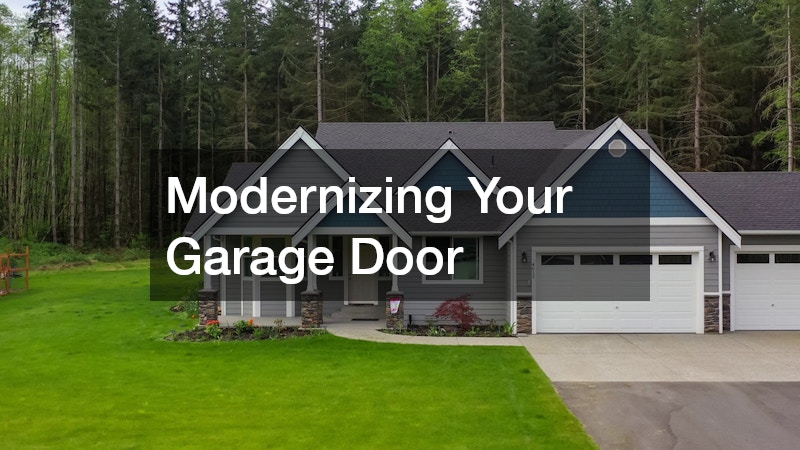
Choosing Smart Technology
Garage doors with smart features — like app-based controls, automatic lights, and enhanced security — appeal to tech-savvy buyers. Being able to open and monitor the garage from anywhere adds convenience and peace of mind. Highlighting this feature during showings demonstrates that the home is modern and forward-thinking, which is increasingly important to today’s buyers.
Material and Security Options
Steel, wood, and composite doors each offer different benefits and aesthetic qualities. Steel is durable and low-maintenance, wood offers natural warmth and charm, and composites combine both qualities. Upgraded locking mechanisms and insulated doors also increase security and energy efficiency, two factors buyers value. Choosing the right material and security features shows buyers that curb appeal includes both beauty and functionality.
Matching Home Aesthetics
The garage door should harmonize with the rest of your home through color, material, and design. For example, carriage-style doors suit traditional homes, while sleek panels complement modern designs. Even small details, like window shapes or hardware finishes, can tie the door into the overall look. This level of thoughtfulness signals to buyers that no detail has been overlooked and that the property is ready for them to enjoy.
Conclusion
Curb appeal includes much more than just a tidy lawn and a fresh coat of paint — it’s a comprehensive strategy to make your home shine. By understanding what curb appeal includes, you can create an exterior that captivates buyers the moment they arrive.
From choosing the right fertilizers to keeping your grass healthy, incorporating hardscape and hardscape installations, and hiring skilled landscapers or a local tree removal service — each element contributes to a cohesive, inviting look. Even small touches, like updating your front door or adding concrete pavers to your walkway, can make a significant difference.
Don’t overlook the value of outdoor living spaces, modern deck design, and strategic lighting. Curb appeal includes all of these and more, woven together to reflect care, pride, and attention to detail.
By following the advice above, you can impress buyers, boost your home’s marketability, and even increase its value. Remember, your home’s exterior tells a story — make sure it’s one that makes buyers want to step inside and see more.


